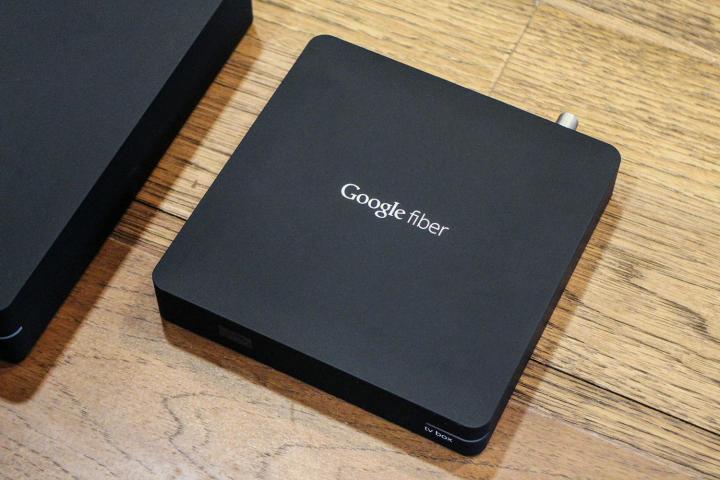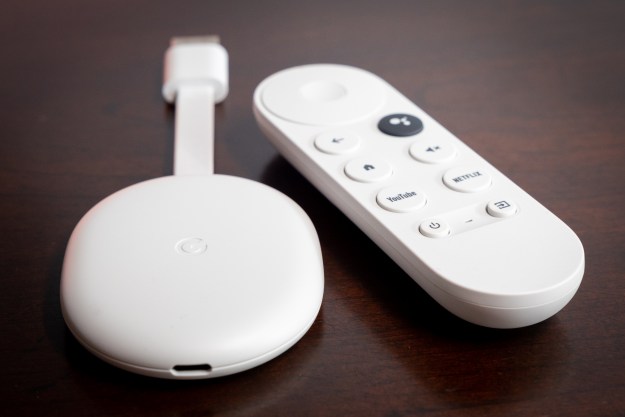
That’s right — Google is bringing the Cast technology behind the Chromecast to Fiber subscribers. The best part? No additional equipment or setup is needed, since Google Cast is built into those TV boxes. All you need to do is connect your phone or laptop to your Fiber Wi-Fi, if it wasn’t already connected, and that’s it.
You’ll see a Cast symbol on apps like Pandora and Google Photos, and once you tap it, your content will show up on the big screen.

So you don’t need a Chromecast or Android TV to cast content from your phone or laptop, but unfortunately Google Fiber is currently available to a select few. Fiber is currently active in six cities including Kansas City (Missouri and Kansas); Austin, Texas; Atlanta, Georgia; and more. The company will be adding six more cities to the list, and is exploring an additional 11 potential Fiber cities.
Google says some apps do not let you cast to your Fiber TV Box, including Hulu, WatchESPN, Disney Channel, Disney Junior, Disney XD, WATCH ABC, Spotify, and HBO NOW.
The search giant made has a hit product on its hands when it launched the Chromecast in 2013. The company recently rebranded the Chromecast app to Google Cast — a significant move as it began implementing the technology in a slew of products, including the upcoming Google Home announced at its developer conference in May.
It’s good to see Google extending the Chromecast feature to its Fiber subscribers. Cast for Fiber TV is rolling out in the coming weeks to everyone.
Editors' Recommendations
- You can finally order Walmart’s $50 Chromecast with Google TV killer
- The 10 most important things to know about the Google Pixel 8a
- Google just launched a new Pixel Tablet … kind of
- I compared Google and Samsung’s AI photo-editing tools. It’s not even close
- A new Google Pixel Tablet is coming, but it’s not what you think


